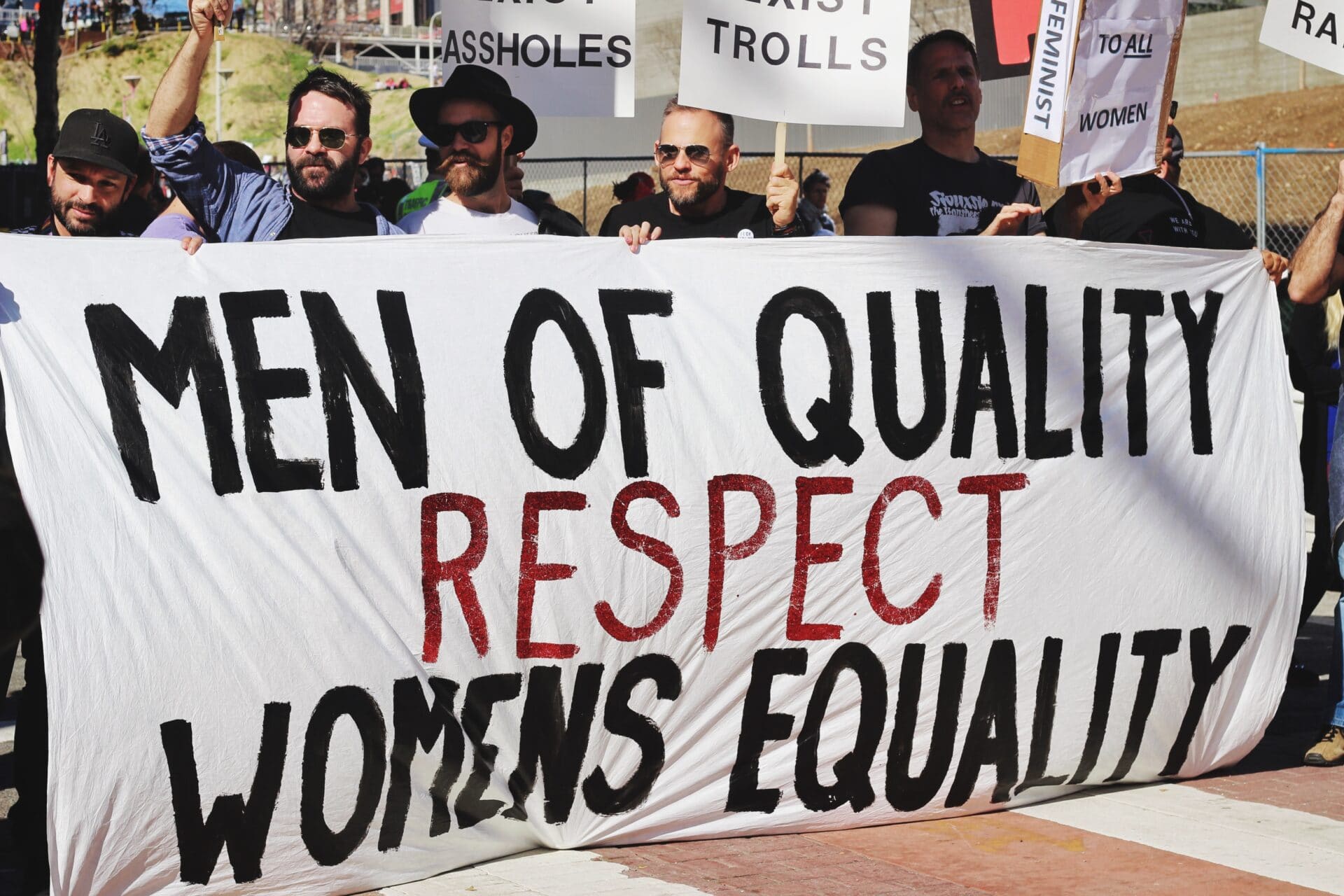Race—What’s in a Word?
Initial reports on Russia’s invasion of Ukraine and the resulting flood of refugees in Europe included some worrying references to skin color. Comments like those in a BBC broadcast that mentioned “European people with blue eyes and blond hair” offer shocking evidence of the fact that people of different colors are not treated equally in Europe, or anywhere. And this is just one case, as the Washington Post reports. The Black Lives Matter movement has drawn greater attention than ever to the unfair treatment of people of color. A viral video of George Floyd’s murder made police brutality directed at Black people painfully clear to the world. Yet the problem of discrimination has a long and ugly history. Here, we examine the issue, its human and economic costs and what policy changes can support fair opportunity and treatment of people of all colors.
In this 3-part series, we unpack some of the main elements shaping inequality and inequity. We examine the pseudoscience behind racist thinking, as well as legal aspects and the injustices people of different colors and ethnicities face. In addition, we seek to cast some light on the overall economic burden of inequality and offer a glimpse of some measures that show promising results in creating an equitable world.
Let’s begin with a simple fact: there are no different “races” in the human species. The term “race” in its various incarnations in European languages (race, razza, Rasse, etc.) was not used in reference to human beings until the Spanish Inquisition, which began in the late 15th century. It referred to non-Christians, predominantly Jews, as discrete and inferior subspecies. From this time onward, “race” has been used to single out and persecute different groups of people based on their appearance.
Biological anthropologist Robert Wald Sussman in his book The Myth of Race (2014) delves into the history of race as a social construct, from biblical rationales to contemporary pseudoscientific studies. Sussman deconstructs the history of racism by tracing the evolution of the racial idea, demonstrating how 16th-century beliefs of racial degeneration became a critical component in justifying Western colonialism and enslavement of other peoples. These views combined with Darwinism in the 19th century to form the immensely prominent eugenics movement, which was closely linked to practices in animal husbandry.
Eugenicists constructed hierarchies that categorized certain races, particularly fair-skinned “Aryans,” as superior to others. These ideologues advocated intelligence testing, selective breeding and sterilization of humans—thinking that directly contributed to the Nazi concept of a “master race.” The Nazis believed that Aryans were fully justified in their brutal policies of subjugation and mass murder. In fact, Adolf Hitler referred to The Passing of the Great Race (Grant 1916), an influential work on eugenics that became central to the development of the highly racist American School of Anthropology, as his “bible.”
To sum up: the concept of human “races” is not only biological and anthropological nonsense, but also—as history and recent events demonstrate—extremely dangerous. The words we use shape our thinking. For this reason, the authors advocate avoidance of the term “race” whenever possible.
The legal perspective
Before examining the far-reaching implications of discrimination in detail, let’s first look at what discrimination is in legal terms. “Discrimination is, at its core, treating similarly situated people differently, because of something outside their control,” explains US-based employment attorney Lance Williams. “Discrimination that’s prohibited by law tends to focus on immutable traits or characteristics.” These characteristics include race, skin color, sex, gender and age, among many others (the US state of California, where Williams practices law, defines 17 such traits, a number that he expects will increase in coming years). When a wrongful act occurs based on one or more such traits, it is ground for legal action. However, finding proof that unfair treatment is motivated by an individual’s immutable traits is a significant legal challenge. “The causal connection is always where the fight is,” says Williams.
While individual cases of discrimination are, and will remain, difficult to positively identify and litigate, patterns that emerge over time are more easily recognizable. These include underrepresentation of people of color and women in senior leadership positions across all organizations worldwide as well as the vast overrepresentation of Blacks in the US prison system.
As Sussman states in his book, today’s forward-looking anthropologists favor the term “category” to describe groups or ethnicities with different physiognomies and/or skin colors. “Category” is, however, unlikely to replace “race” in legal texts anytime soon. “The idea of different races is being mainly perpetuated by government and educational institutions,” Williams explains. “Not because they’re trying to do harm—they’re probably trying to do good.”
So are we stuck with the term “race” in the legal context? Yes and no. Williams: “Just abandoning the word ‘race’ in a legal context doesn’t make sense unless we can replace it with something. The laws are not so much concerned with whether there is a scientific basis for the concept of race. It’s just a label, which seeks to protect groups of people who should be protected. I like retiring the term ‘race’ in the social context—because it’s hogwash—but it’s hard to take that word away. Laws use the term ‘race’ as a protected characteristic with the intent of protecting people. And it’s generally construed pretty broadly. So, if we try to retire the term, it could actually have a negative effect. In social settings, by all means, let’s get rid of it!”
Given these legal conundrums, we propose usage of addenda in legal texts or wherever alternative terms could cause confusion. A scholarly paper titled Is There A Place for Race As a Legal Concept (Hoffman 2004) proposes terms such as “color, continent of origin, national origin, and descent from ancestors of a particular color, national origin, or religion” in lieu of “race.” These words, as well as the term “category,” could at least be introduced into legal texts as addenda, with the aim of eventually removing the term “race” at some later date. In fact, legal language is already moving in this direction, with both California law and US federal law currently including “national origin” and “color” as protected characteristics. California also includes “ancestry” as a protected characteristic. As suggested above, in general (non-legal) publications, the term “race” can be fully avoided.
Part I in a 3-part series by Michael Durrie and Arushi Gupta, The Digital Economist



